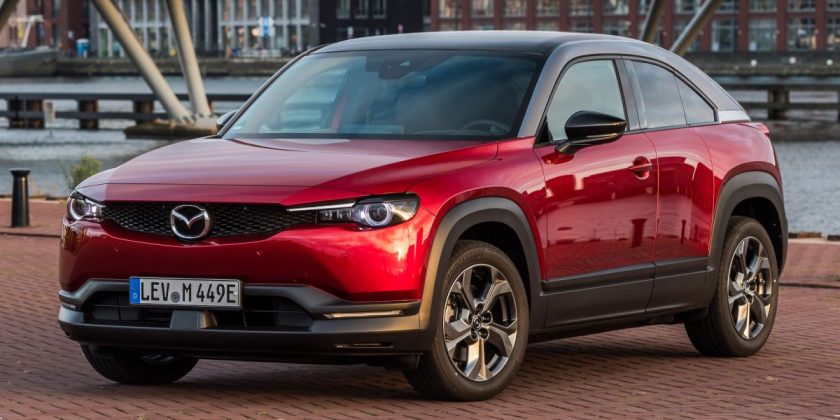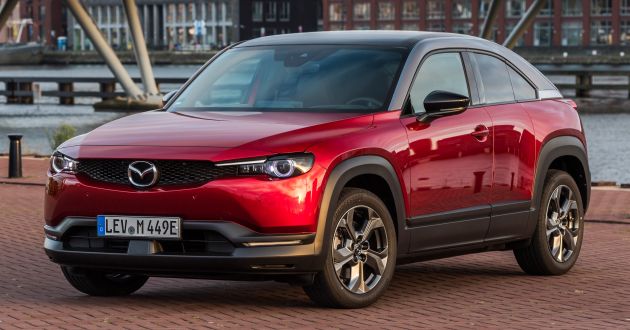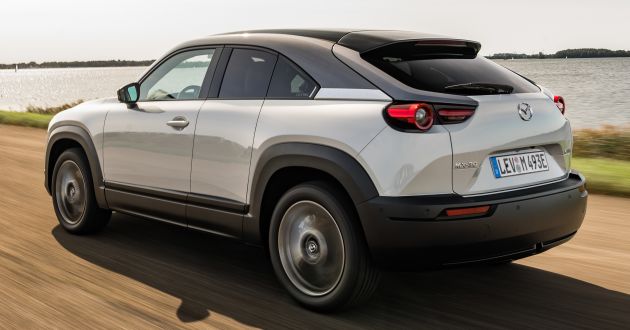Mazda’s first ever mass production electric vehicle, the MX-30, has just scored top marks in the National Highway Traffic Safety Administration’s (NHTSA) New Car Assessment Programme (NCAP).
It achieved full marks in the frontal and side collision tests, providing adequate protection for people in both the front and rear seats. This is pretty impressive, considering that the car has swanky suicide doors.
The MX-30 fell slightly short of five stars in the rollover resistance test, but the risk of turning turtle is low at 11.6%. It didn’t topple over, in case you were wondering. Back in 2020, the MX-30 was also awarded the full five stars in the Euro NCAP crash safety test, scoring highly for adult and children protection.
Meanwhile, the NHTSA – under the Biden Administration – has recently proposed significant updates to strengthen its NCAP programme. It aims to put more emphasis on advanced driver assist technologies and other emerging vehicle technologies that help reduce driver distraction, which includes alcohol detection tech.
Approximately 3,000 people die from road accidents every month in the US. It is a crisis, said US transportation secretary Pete Buttigieg. “These important changes will help save lives on our roadways by ensuring that consumers have the information they need about the latest safety technologies when they buy a new vehicle,” he said.
To quickly recap, the MX-30 – set to be formally introduced in Malaysia sometime this year – features one electric motor making 145 PS and 271 Nm. The front-wheel drive crossover is juiced by a 35.5 kWh lithium-ion battery, which provides up to 224 km of range.
Maximum AC charging is 6.6 kW (Type 2 connection), so a full charge can be achieved in under six hours. DC fast charging (CCS interface), on the other hand, is limited to only 50 kW. Here, charging from 20% to 80% takes around 36 minutes. There is also a mild-hybrid version of the MX-30, offering a combined output of 155 PS and 200 Nm.
Source: Read Full Article


